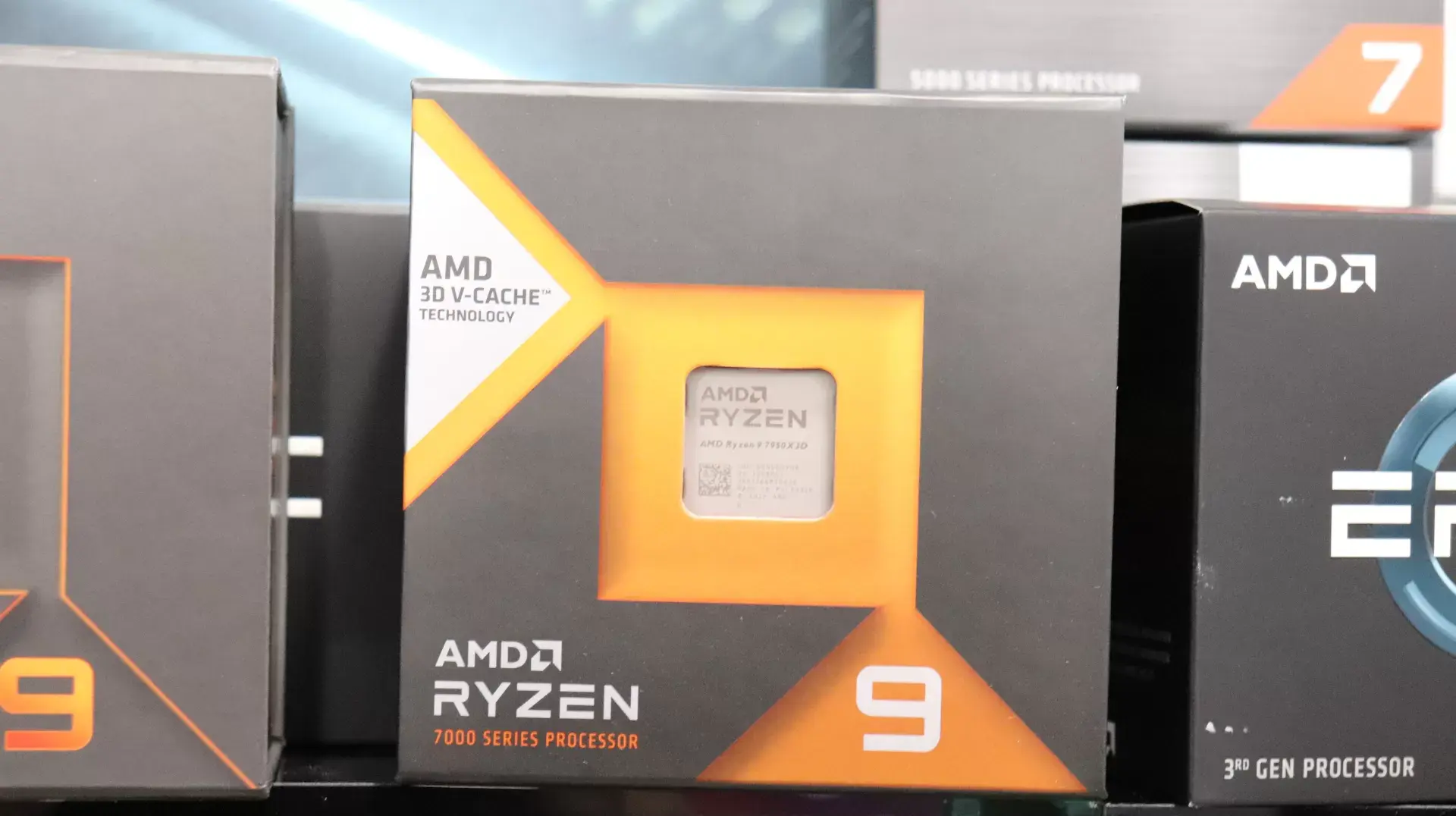AMD CPUs since the Ryzen 3000 series (Zen 2) have had the notion of “preferred cores” that via ACPI CPPC are communicated to the OS and could be shown under Windows with the likes of AMD Ryzen Master. Now we have AMD Linux engineers working on properly leveraging the “preferred cores” handling for the modern AMD P-State CPU frequency scaling driver that’s seen much work over the past two years.



Are preferred cores identified at manufacturing, or during the everyday running of the machine?
Modern CPUs have sensors and monitoring circuits that constantly measure factors like temperature, power consumption, and workload intensity for each core. These measurements provide real-time data about the operating conditions and performance capabilities of individual cores.
The shift in the ‘preferred’ core as the silicon ages is a relatively common occurrence. P-states enable the processor to maintain peak performance levels regardless of its ageing process.
Be aware that the ageing process is quite gradual, and any discernible variances are unlikely to manifest over the regular lifespan of a standard processor.
Thanks, I appreciate the explanation :)